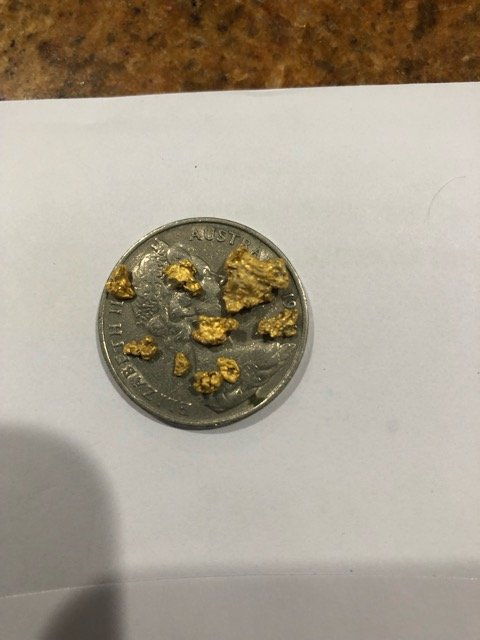- Joined
- Dec 3, 2013
- Messages
- 55
- Reaction score
- 31
OK, did not know about that. Is there any way of stopping it?

Looks good. So if you get EMI you can change the frequency? What are the other 5 frequencies, or is it always 61kHz?PhaseTech said:Hardly affected by EMI. I have used in near electric fences and around high voltage lines and it purrs along. I have even switched it on in the house, with the Gain flat out and it's quite happy. You do have a 5 position frequency shift just in case you do come across something it interferes with.

grubstake said:Welcome aboard, Markie.
I suggest you have a read through this thread about the Kruzer:
XLOOX said:If you just dig by ID alone you will miss the very smallest & very largest nuggets as well as the deepest ones.
Just try what I suggested above with detecting under soil/rocks at different depths. As the signal fades the ID drops as well - I have nuggets that are a solid 35 or solid 45 in the air but as you bury them deeper the signal drops down into iron range (09-25) at 2 bars target and then into hot rock range (03-07) at 1 bar target & finally at max depth no ID or target bar ( maybe 1 bar flickering) but still has a distinct zip/zip audible.
Going the other way I have a 24k 0.5g gold coin that comes up solid 85 ID in the air and a couple of 1/2 oz nuggets that when close to the surface also ID well above 44. Thing is at shallow depths these of course give maxxed out 5 bar target signals.
So for me I always consider target strength bars and audio sound as well as ID before deciding dig or not.
If it is a solid signal above 28 I dig it every time even though that means some iron, lead & brass.
If it is a 2 bar signal in iron range I will scrape 25mm & see what happens to signal & ID. If ID increases I will scrape more.
If it is a hot rock/ no ID signal I will make a call based on the ground and sharpness of the zip/zip & decide to have a scrape or not.
If it is an iron range signal & 4-5 bar strength I will try at 90 degrees . If still iron ID then I walk away.
If it is 85 -95 ID I still dig but to date it has all been Alu. One day it will be a silver coin
Note that for large targets they will ID higher than "normal", as will targets with holes. I have seen 25mm aperture galv screen ID at 85, rusty washers at 65 & a pick head at 45.